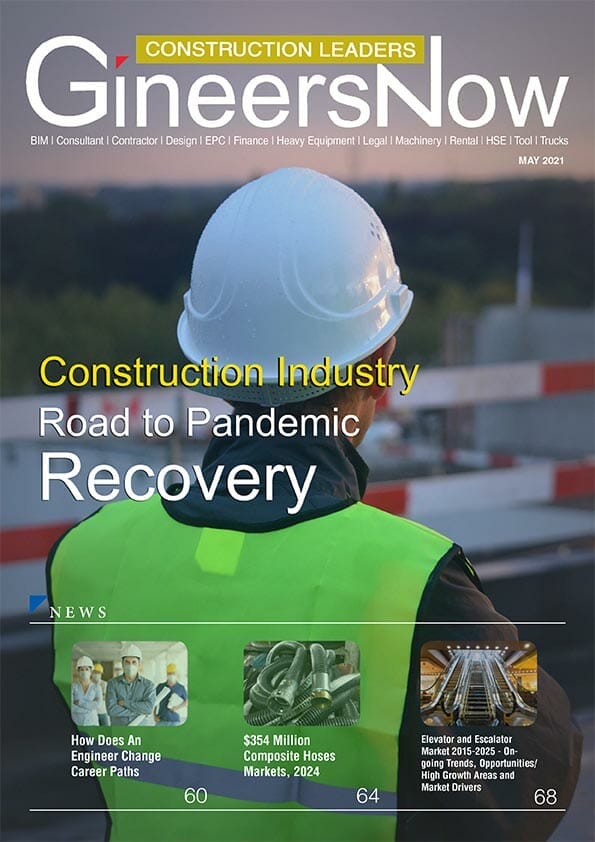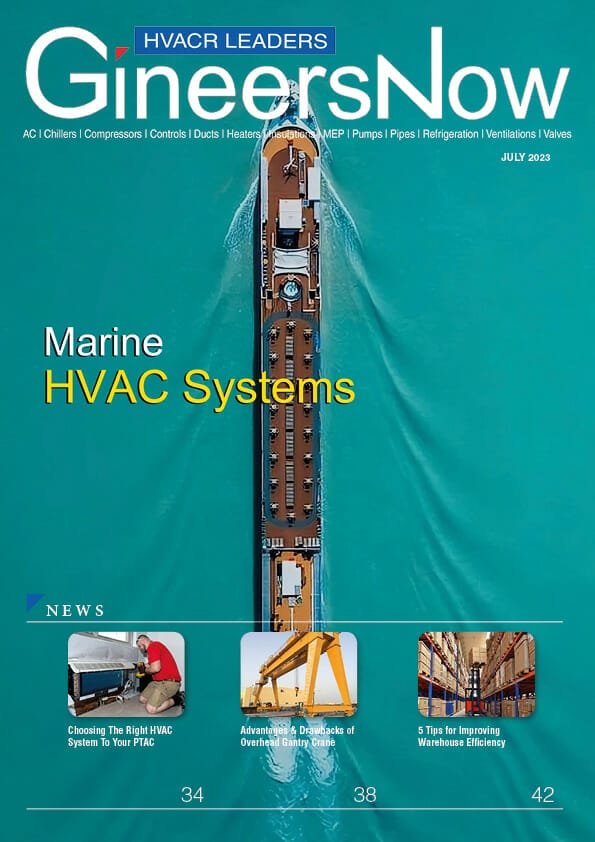Proper Ventilation for Buildings and Workplaces
To reduce the spread of SARS-CoV-2, the virus that causes COVID-19, the CDC suggests a multi-layered approach. To mitigate the transmission of disease and the chance of exposure, this strategy employs a range of prevention techniques, including building ventilation improvements. Physical distancing, wearing facial masks, hand hygiene, and vaccines are also aspects of the layered solution, in addition to improved ventilation.
SARS-CoV-2 virus particles propagate more easily between people indoors than outdoors. Indoors, viral particle levels are often higher than outdoors, where even a mild breeze will quickly lower concentrations. Ventilation prevention techniques can help minimize viral particle concentrations when used indoors.
Read Rockwell Automation Special Report
Smart Manufacturing’s Most Important Enabler: Your workforce
Click here to view the full report
The smaller the concentration, the less likely virus particles are to be breathed into the lungs (significantly reducing the inhaled dose), come into contact with the eyes, nose, and mouth, or slip out of the air and collect on surfaces. Airborne loads can be reduced, and the total viral dose to passengers can be reduced, thanks to protective breathing procedures and therapies.
In most cases, reusing a building during the outbreak of the COVID-19 would not necessitate the installation of new building ventilation systems. Upgrades or enhancements to ventilation systems, on the other hand, will maximize the distribution of filtered air while still diluting possible pollutants. When making improvements to HVAC systems and facilities, consult with qualified heating, ventilation, and air conditioning (HVAC) experts. Prior to the pandemic, buildings that had safe, code-compliant indoor ventilation can be optimized for pandemic occupancy with less expensive measures.
While the list of techniques can be used in a variety of indoor settings, it can be difficult to adapt them to various building styles, occupancies, and events as the climate and seasons shift. The exact tool combination selected for use at any given time is subject to change. Identifying the resources are suitable for each building during the year would be up to the building owner or operator (with specialist consultation if needed). Apart from homes, cars – including public transit such as buses, trains, subways, school buses, rideshares, and carpools, – will benefit from improved ventilation to help prevent the virus from spreading.
Click below to read the magazine
Click here to download the magazine















